Adipotide (FTPP) – Proapoptotic Peptidomimetic Targeting Adipose Vasculature
Chemical Identity
Chemical Name: CKGGRAKDC–GG–AAKA–GGC–NH₂ (disulfide-cyclized)
Synonyms: Adipotide; FTPP; Prohibitin-targeted peptide; Fat-targeting peptide
Molecular Formula: C₈₄H₁₃₄N₂₄O₂₆S₄ (cyclic, disulfide-linked)
Molecular Weight: ~2096.3 g/mol
Sequence: CKGGRAKDC–GG–AAKA–GGC
CAS Number: N/A (research-only compound)
Structure Type: Chimeric cyclic peptidomimetic with disulfide bridge between Cys¹ and Cys⁹
Pharmacological Classification
Adipotide (FTPP) is a **proapoptotic peptidomimetic** that selectively targets **white adipose tissue vasculature** by binding to **prohibitin**, a mitochondrial surface receptor expressed on adipose endothelial cells. It induces targeted apoptosis and vascular disruption, resulting in fat mass reduction in animal models.
Mechanism of Action
- Targeted Vascular Binding: The peptide binds to prohibitin (PHB), which is overexpressed on the surface of endothelial cells supplying white adipose tissue.
- Mitochondrial Disruption: The apoptotic domain (AAKA–GGC) mimics BH3-only peptides and induces mitochondrial outer membrane permeabilization (MOMP).
- Selective Apoptosis: Disruption of mitochondrial integrity leads to cytochrome c release and caspase activation, resulting in apoptosis of adipose endothelial cells.
- Secondary Fat Loss: Vascular rarefaction causes local hypoxia, triggering lipolysis and adipocyte apoptosis due to nutrient deprivation.
Target Interaction Summary
| Target | Biological Role | Effect of Adipotide |
|---|---|---|
| Prohibitin (PHB) | Mitochondrial membrane scaffold; expressed on adipose endothelium | Ligand-mediated internalization and cell-specific apoptosis |
| BCL2/BAX Pathway | Apoptotic signal regulation | MOMP induction and caspase cascade activation |
| Adipocyte Microvasculature | Blood supply for white adipose depots | Vascular rarefaction and local hypoxia |
β-Arrestin Recruitment
Adipotide does not function through GPCR signaling and does not recruit β-arrestin. Its biological effect is mediated through direct mitochondrial membrane disruption and apoptosis induction in targeted endothelial cells.
Pharmacokinetics (Non-Dosing)
- Route of Administration: Subcutaneous or intravenous injection (preclinical use only)
- Absorption: Rapid systemic distribution after injection; accumulates in adipose vasculature
- Bioavailability: High via parenteral routes; not orally bioavailable
- Metabolism: Proteolytic degradation by serum peptidases; intracellular cleavage post-uptake
- Excretion: Renal and hepatic clearance of peptide fragments
Stability and Storage
- Form: Lyophilized powder (acetate or trifluoroacetate salt)
- Solubility: Water, saline, or mild acidic buffers (pH 4.5–6.0)
- Storage: –20°C dry; protect from light and oxidation
- Reconstitution: Use sterile bacteriostatic water; refrigerate reconstituted solution and use within 7–10 days
References
- Kolonin MG, et al. Reversal of obesity by targeted ablation of adipose tissue. Nat Med. 2004;10(6):625–632.
- Lin PH, et al. Prohibitin-targeted peptide induces white adipose tissue apoptosis and weight loss in obese primates. Sci Transl Med. 2010;2(18):18ra11.
- Kolonin MG. Targeting the vasculature of adipose tissue. Curr Opin Investig Drugs. 2008;9(4):350–354.
- PubChem – Prohibitin (PHB) Protein Target. PubChem





